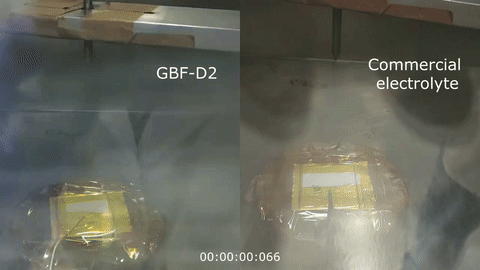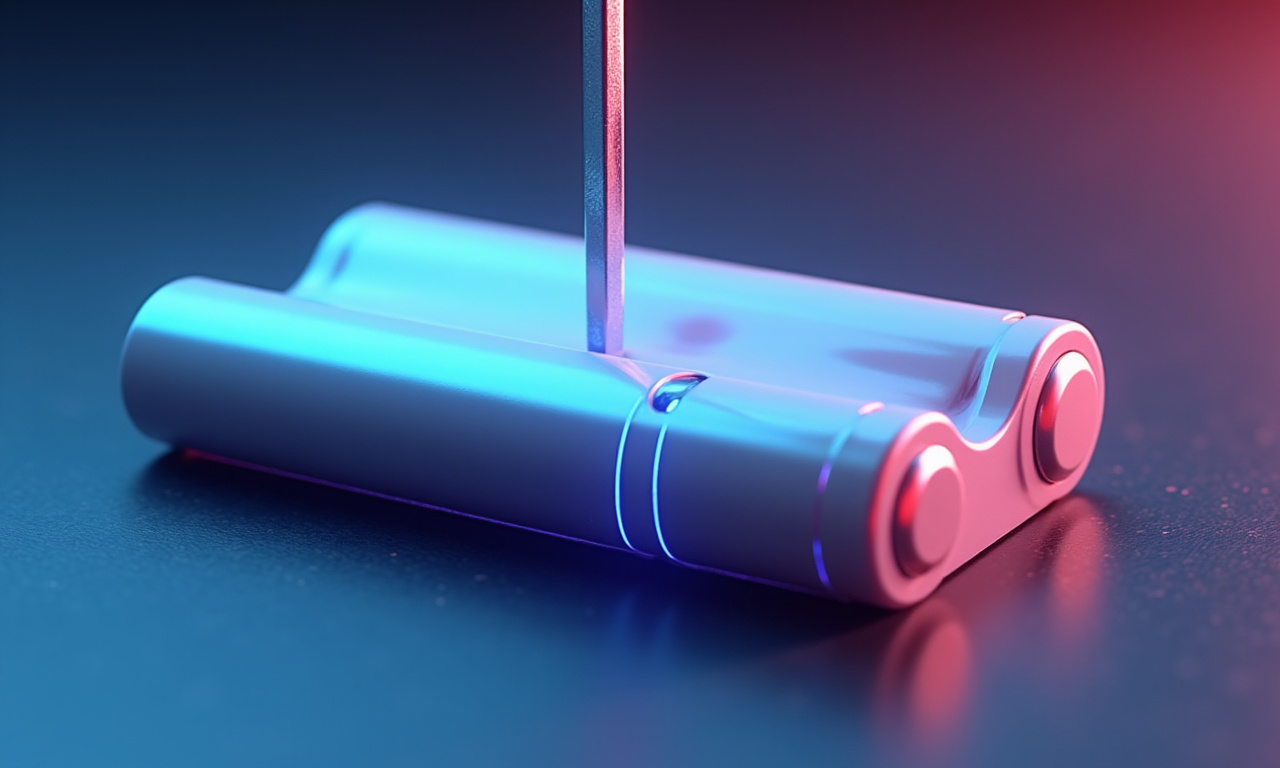Introduction: A Breakthrough in Battery Safety
In a pioneering effort to revolutionize battery technology, researchers from the Chinese University of Hong Kong have unveiled a groundbreaking lithium-ion battery that remains non-flammable, even when subjected to extreme conditions such as being punctured by a nail.

This innovation represents a significant leap forward in addressing the safety concerns associated with traditional lithium-ion batteries.
Significance: Why This Innovation Matters
Traditional lithium-ion batteries are known for their energy density but have a tendency to overheat and catch fire under stress or damage. This new development addresses these safety issues while maintaining performance. Published in the journal Nature, the research highlights that the new battery only heats up by 3.5 °C when damaged, as opposed to the alarming 555 °C observed in conventional batteries, which often results in explosions and fires.
Technical Insights: Understanding Battery Dynamics
The breakthrough centers around the concept of “ionic association,” where lithium ions interact with negative ions in the electrolyte. While this process helps form a protective layer known as the Solid Electrolyte Interphase (SEI), it also lowers the temperature threshold for dangerous overheating to just 94 °C.

This has traditionally posed safety challenges in lithium-ion technology development.
Innovation: The Solvent-Relay Strategy
To enhance battery safety, the researchers introduced a “solvent-relay strategy,” a novel type of electrolyte that behaves differently according to temperature changes. This electrolyte facilitates SEI formation under normal conditions but activates lithium bis(fluorosulfonyl)imide (LiFSI) upon heating, effectively preventing reactive heat generation.
Performance: Durable and Safe Power
Beyond enhanced safety, the new batteries demonstrate remarkable durability, retaining 81.9% of their capacity after 1000 charge cycles. This positions them favorably against traditional counterparts in terms of longevity and reliability, appealing to both consumer and industrial applications.
Conclusion: Implications for the Future
This innovative approach could inspire new trends in battery manufacturing, fostering safer and more efficient energy solutions. As electronic devices and electric vehicles’ reliance on lithium-ion batteries continues to grow, this development may significantly impact the demand for safer power sources in the global market.




